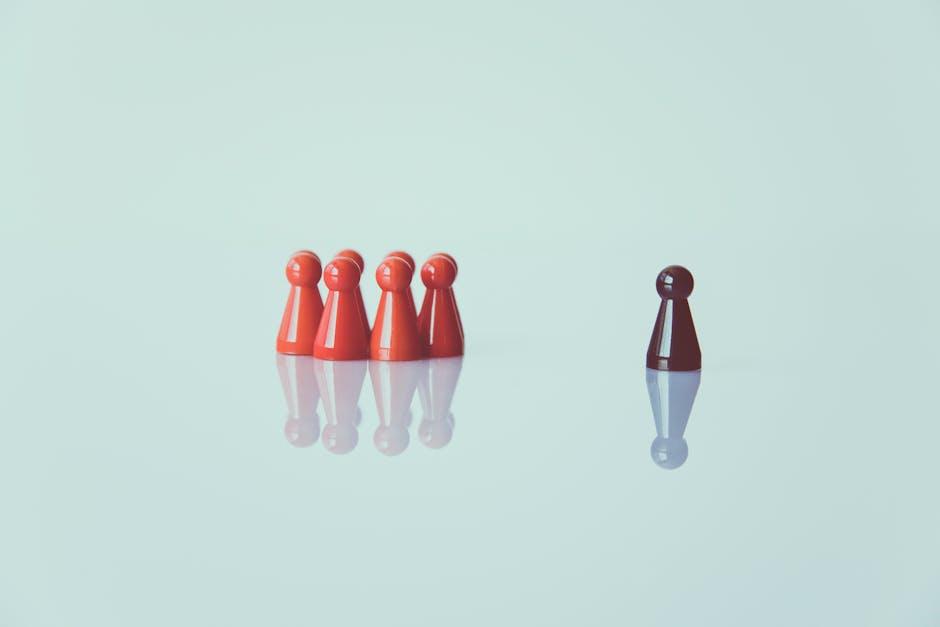
Step aside Freud, there’s a new psychology theory in town—and it’s all about the power of color in logo design. From the calming blues of Facebook to the fiery reds of Coca-Cola, the colors chosen for a company’s logo can have a profound impact on consumer behavior. So grab your color wheel and prepare to explore the fascinating world of how hues can influence our emotions and decisions. It’s time to paint a picture of the hidden psychology behind logo design and how it shapes our perceptions of brands.
Understanding Color Theory
In the wonderful world of color theory, hue, saturation, and brightness are like the Three Musketeers, but with a splash more color. Here, we dive deep into the rainbow spectrum to uncover the secrets of color and discover how they can be mixed, matched, and mashed together to create visually stunning masterpieces.
Ever wondered why that pistachio green shirt clashes with your cherry red pants? It’s all about the color wheel – that magical circle of hues that shows us which colors play nicely together and which ones should never be seen in the same room (looking at you, pink and orange).
When it comes to creating a color scheme, there are three main categories to choose from: monochromatic, complementary, and analogous. It’s like trying to pick your favorite flavor of ice cream – chocolate, mint chip, or strawberry? Decisions, decisions!
So, next time you’re feeling a little blue, remember that there’s a whole world of color waiting to lift your spirits and brighten your day. Embrace the power of color theory, experiment with hues and shades, and unleash your inner artist. Who knows, you might just paint the next Mona Lisa with a stroke of your colorful genius!

The Psychology of Color
When it comes to , it’s not just about picking your favorite shade of pink for your bedroom walls. Colors have the power to affect our emotions, behavior, and even our appetite (yes, that’s right – blame the color red for that uncontrollable urge to eat a whole bag of chips).
Have you ever noticed how fast food restaurants always use red and yellow in their branding? That’s because these colors are known to stimulate appetite and grab your attention. So next time you find yourself in the drive-thru line at midnight, blame it on the color scheme.
On the flip side, blue is known to have a calming effect on people. That’s why it’s often used in hospitals and doctor’s offices to help patients feel relaxed. Maybe next time you have to get a shot, you should bring a blue blanket to wrap yourself in for some extra comfort.
So, the next time you’re feeling down, maybe a quick trip to the paint store is all you need to lift your spirits. Just remember, choose wisely - that bright neon green might be fun at first, but you don’t want to end up feeling like a radioactive alien in your own living room.
The Impact of Color on Perception
Have you ever noticed how certain colors can evoke different emotions and perceptions? It’s like a secret language that our brains understand without us even realizing it. Let’s explore the fascinating world of color psychology and how it impacts our perception.
First off, **warm colors** like red, orange, and yellow are known to evoke feelings of excitement, passion, and warmth. Imagine walking into a room painted in fiery reds and vibrant oranges – you can practically feel the energy buzzing around you. On the other hand, **cool colors** like blue, green, and purple are more calming and serene. Think of a tranquil blue ocean or a lush green forest – doesn’t it just make you feel at peace?
Color also plays a huge role in branding and marketing. Companies carefully choose their brand colors to evoke specific emotions and perceptions in consumers. For example, **red** is often used to grab attention and create a sense of urgency (hence all those flashing “SALE” signs), while **blue** conveys trustworthiness and reliability. It’s like they’re speaking to our subconscious minds, convincing us to buy that new gadget or try out a new product.
So next time you’re feeling down or need a little pick-me-up, maybe all you need is a splash of **color** in your life. Whether it’s a bright yellow sweater or a calming blue room, don’t underestimate the power of color to shape your mood and perception. Embrace the rainbow and see where it takes you!

Utilizing Color in Logo Design
When it comes to logo design, color plays a crucial role in making a lasting impression on your audience. Let’s dive into some tips on how to utilize color effectively in your logo:
First and foremost, consider the psychology behind colors. Different colors evoke different emotions and perceptions, so choose wisely!
Here are some colors and their corresponding associations:
- Red: Passion, energy, and excitement
- Blue: Trust, peace, and professionalism
- Green: Growth, health, and nature
- Yellow: Optimism, happiness, and creativity
Next, think about color combinations. Don’t be afraid to mix and match colors to create a unique and eye-catching logo. Just make sure the colors complement each other well!

Creating Emotional Connections Through Color
Colors have a way of touching our emotions in ways that words sometimes can’t. Whether it’s the vibrant red of a sunset or the calming blue of a clear sky, colors have the power to make us feel a certain way. So why not harness this power to create emotional connections with your audience?
Imagine using red to evoke passion and excitement, or blue to inspire calm and trust. By strategically using colors in your designs, you can tap into your audience’s emotions and create a connection that goes beyond words.
Here are some ways you can use color to create emotional connections:
- Choose a color palette that reflects the mood you want to convey.
- Use contrasting colors to make certain elements stand out.
- Consider cultural associations with colors and how they may affect your audience.
So the next time you’re designing a website, creating a logo, or even just picking out an outfit, think about the emotional impact of colors. Who knew that a simple splash of color could speak volumes?
Factors to Consider When Choosing Colors for Your Logo
When choosing colors for your logo, you have to think beyond just your favorite color or what looks pretty. You need to consider a few important factors that can make or break the success of your brand. Here are some key things to keep in mind:
- Brand personality: Your logo colors should reflect the personality of your brand. Are you fun and energetic? Maybe go for bright, bold colors. Are you sophisticated and elegant? Opt for more muted tones.
- Audience preferences: Think about who your target audience is and what colors resonate with them. You don’t want to choose colors that turn them off or make them feel disconnected from your brand.
- Color psychology: Colors can evoke specific emotions and associations. For example, blue is often associated with trust and reliability, while red can convey excitement and passion. Consider what messages you want your logo to convey.
Remember, the goal of your logo is to create a lasting impression and make your brand memorable. So take the time to carefully consider your color choices and how they will impact the perception of your brand. A little bit of color theory can go a long way in helping you make the right decision!
FAQs
Why do certain colors evoke specific emotions in consumers?
Well, it’s all about psychology, my friend. Different colors trigger different reactions in our brains, thanks to years of conditioning and societal influences. For example, red can make you feel hungry (think fast food logos), while blue tends to convey trust and professionalism.
How can I use color psychology to make my logo stand out?
Ah, the million-dollar question! To make your logo pop, consider the emotions you want to evoke in your target audience. Are you aiming for excitement (hello, red and orange!) or tranquility (hello, blue and green!)? Choose your colors wisely, grasshopper.
What if my brand already has established colors? Can I still use color psychology to my advantage?
Of course! You can always play around with different shades and accents of your brand colors to convey different emotions. Think of it like giving your logo a little makeover – same colors, new attitude!
Are there any colors that universally appeal to everyone?
Well, my friend, there’s no one-size-fits-all answer to this one. However, research suggests that blue is a pretty safe bet when it comes to universal appeal. It’s soothing, it’s trustworthy, and let’s face it, who doesn’t love a good blue sky?
Color Your World with Logo Design!
So there you have it - the secret weapon behind some of the world’s most iconic logos. Next time you see that vibrant red target or friendly green mermaid, remember the psychology at play. With the power of color on your side, you too can create a logo that leaves a lasting impression on your audience. Who knew that a little splash of color could pack such a punch? Keep experimenting, keep innovating, and most importantly, keep coloring your world with the magic of logo design!












